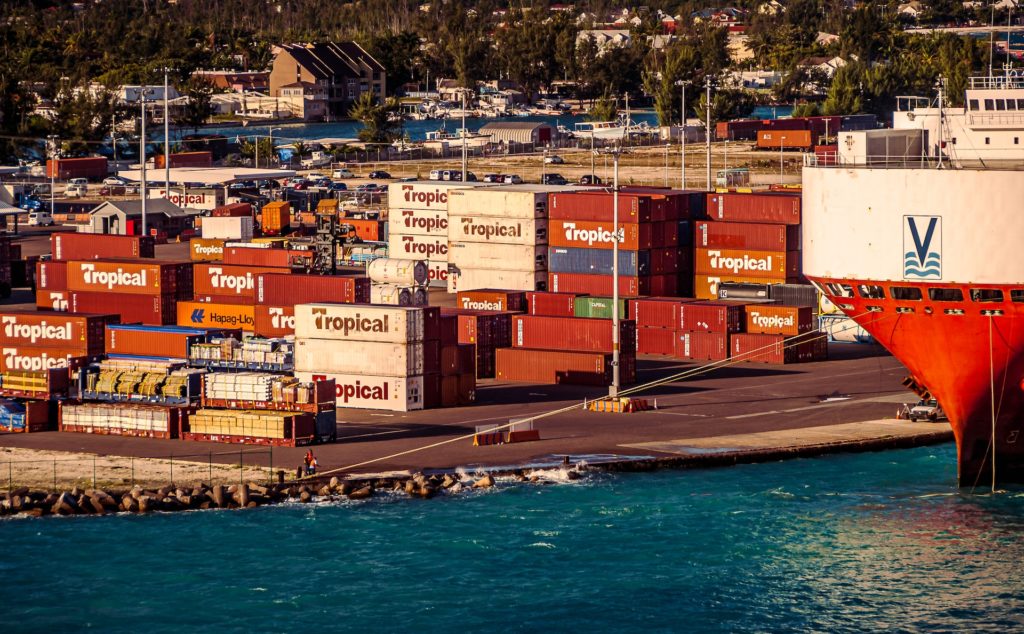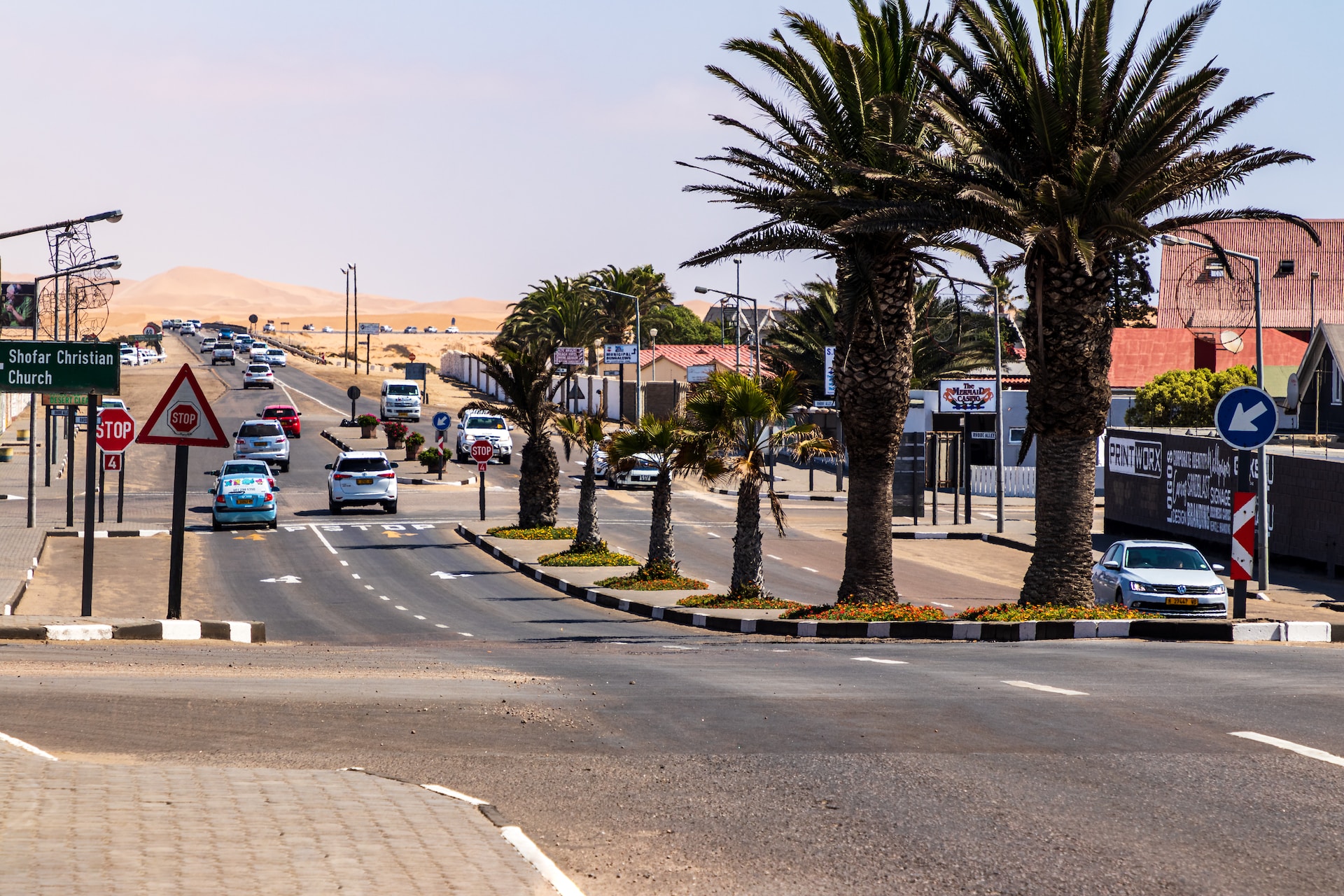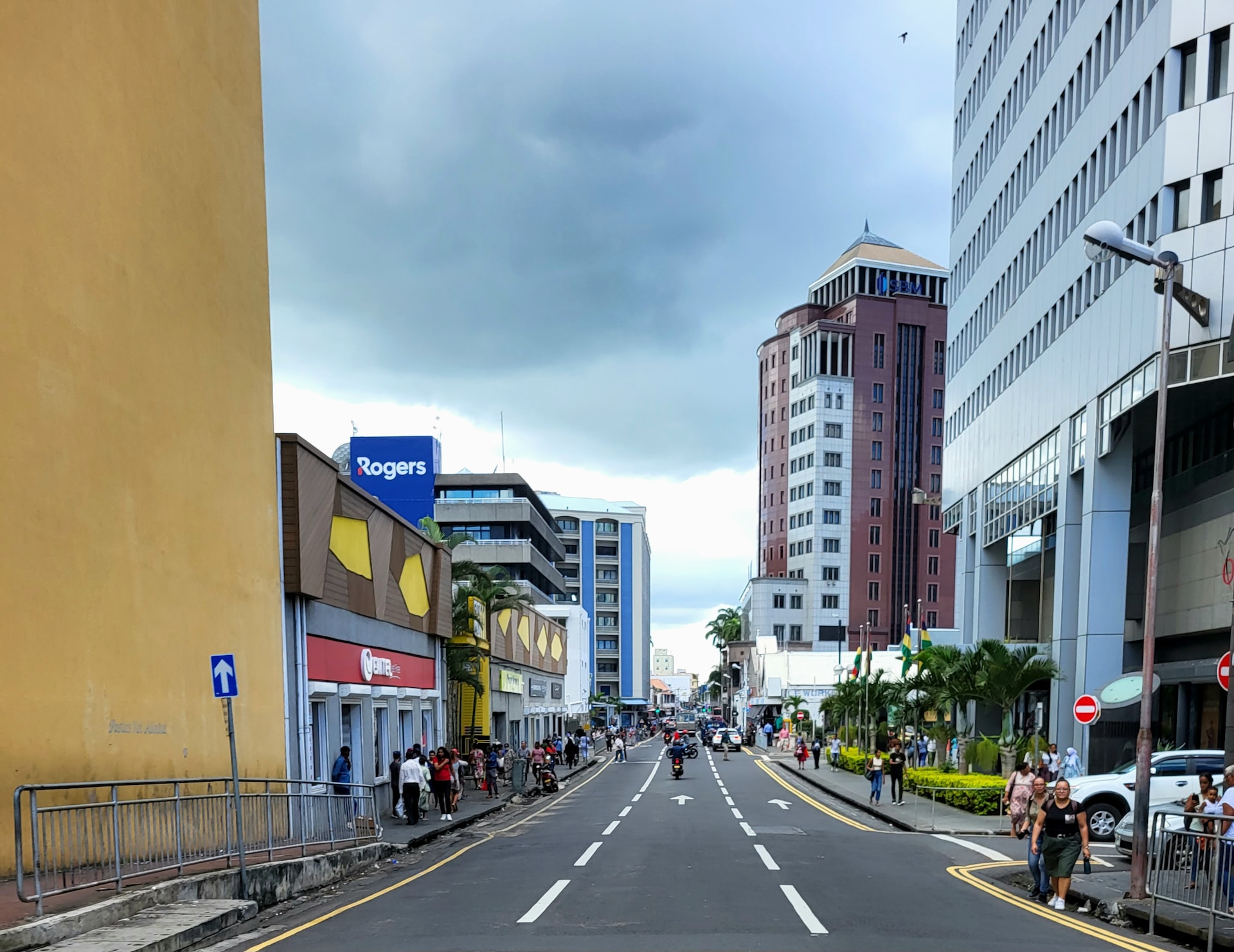At this point, Burkina Faso is considered to be one of the poorest countries in the world. Agriculture is the principal industry, accounting for around 35 percent of the country’s gross domestic product and employing close to 90 percent of the labor force. Some of the most common cereal grains that are cultivated on farms to produce food for human consumption include rice, sorghum, maize, and millet. Cotton is the most important crop in terms of export, although output is particularly sensitive to variations in price on the market. Shea nuts, sesame, groundnuts, sugar, cashews, and garden vegetables are among the other agricultural products that Burkina Faso exports in a negligible number. These various commodities are all bought and sold on a global scale. By 2002, the cattle business had declined significantly, although it had historically been a significant industry.
Agricultural activities frequently function in unstable environmental circumstances. The northern area of Burkina, which is located on the Sahara Desert’s edge, is currently enduring a severe drought due to the territory’s proximity to the desert. The majority of Burkina’s terrain is comprised of poor, lateritic soil, which gives the country its name. The illness known as “river blindness” (onchocerciasis) was eradicated as a result of an initiative by the United Nations that cost several millions of dollars. This disease had previously rendered these places useless. Because of this, agriculture was able to spread into areas that had a higher potential for yield, such as river valleys.

More details on the exportation of Burkina
Burkina’s mining industry is still in the infant phases of its development stage at this point. It was recently discovered that the gold reserves of Poura, which have been ignored for a substantial amount of time, are capable of producing around ten percent of the yearly export revenues. The zinc and silver deposits in Perkoa have been examined, and it was discovered that it is possible to turn a profit from them. The year 1996 marked the beginning of the World Bank’s initiative to make financing accessible to bring the mining industry into the modern era.
The construction of the Abidjan-Ouagadougou train line to Dori made it more difficult to reach the mineral riches that are located in the country’s northern region. Limestone resources of considerable magnitude may be discovered in and around Tin Hrassan, which is located close to Tambao. In addition, Tin Hrassan is located in the vicinity of Tambao. Phosphates, manganese, vanadium-bearing magnetite, bauxite, lead, and nickel are some of the additional mineral resources that may be discovered here. Nickel is also a resource that can be found here.
Note
In January 1994, France sharply devalued the CFA franc, cutting its value in half overnight. Almost all imported commodities, including food and vital drugs, used to combat malaria, experienced immediate price increases. The devaluation was intended to lure fresh investment, particularly in the areas of the economy that are responsible for exports, while simultaneously discouraging the use of the nation’s hard currency reserves to buy commodities that could be produced locally. Burkina Faso imported the majority of its food and exported very little before the devaluation. Since 1994, however, exports have risen dramatically. In 2003, economic success required the reduction of the trade deficit, the maintenance of low inflation rates, the construction of infrastructure, the pursuit of privatization, the exploitation of natural resources, and the stimulation of private investment.
Other countries’ aid is the primary source of funding for economic development and investment. The World Bank agreed to a five-year, $53 million structural adjustment program in 1999, and in 2000, it provided the government with a $45 million Poverty Reduction Support Credit (PRSC) to assist it in executing poverty-reduction policies and activities. The World Bank negotiated both of these agreements.







